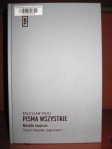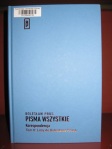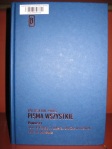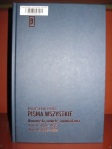
This year’s Libraries Week, the annual showcase of what the UK’s libraries have to offer, is centered around the theme of Taking Action, Changing Lives, with the aim of “highlighting the diverse ways that [libraries] take action with and for their community and make a positive impact on people’s lives; to showcase their central role in the community as a driver for inclusion, sustainability, social mobility and community cohesion”.
Within this initiative is featured the upcoming Facet publication Narrative expansions: interpreting decolonisation in academic libraries, edited by Jess Crilly and Regina Everitt. The book “explores what is specific to colonial contexts that has impacted knowledge production, how these impacts are still circulating in our libraries, and what we can do about it.”
Continue reading “#LibrariesWeek: Cataloguing, Classification, and Critical Librarianship at Cambridge University”













